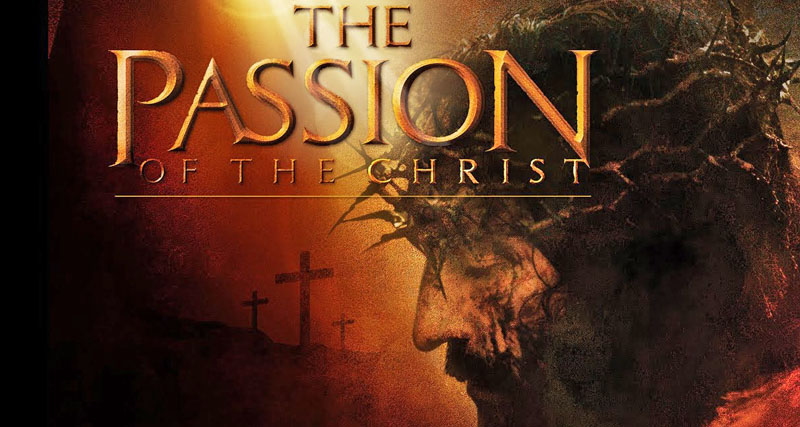
Pre-release audience tracking surveys, which over decades honed into a precise science, are proving less reliable, which is causing considerable consternation for Hollywood film marketers.
Movie distributors use tracking surveys to decide how to best allocate the $3.5 billion annually spent on paid media to advertise films in the U.S. market, and also publicity and promotion.
For example, the U.S./Canada three-day opening of “Golden Compass” weighed in at just $25.7 million, which was well below confidential audience tracking forecasts clustered between $30-40 million. In December, “Alvin And The Chipmunks” opened at $44.3 million for its three-day weekend, about twice as much as tracking estimates.
The digital age is blamed. Consumers have a growing array of entertainment options, such as video games, and TV programming mushrooms. Also, communications options are also expanding such as smart phones gobble up consumer spending and attention.
When wrong, cinema tracking forecasts generally overestimate opening box office and a film’s actual boxoffice comes in lower. But sometimes there are significant underestimates.
For example, sci-fi thriller “I Am Legend” raked in $77.2 million its opening three-day weekend, well above the mid-$50 million expected. The over-performance of “I Am Legend” is a surprise given its youth/young-adult audiences tends to be monitored closely by movie researchers.
One of the widest tracking surveys misses was on the under-estimate side for “The Passion of the Christ,” whose $83.8 million premiere weekend in 2004 confounded tracking estimates of just $15-30 million. That miscalculation is somewhat understandable because devotedly religious people who would go to cinemas in droves to see “Passion of the Christ” are light moviegoers, and so not closely tracked by movie researchers.
Despite increasing examples of off-target estimates, distributors follow the survey results closely as they are mostly on target and thus is better than having no eyes on moviegoers. It’s just the occasional off-the-market forecasts are more frequent, though still occasional.
“Consumers can tell you in a survey that they are ‘definitely interested’ in seeing a given movie and are being completely honest,” says Vincent Bruzzese, senior vice-president of the worldwide motion picture group at US-based OTX Research. “But that doesn’t mean they will actually go see the movie.”
Bruzzese continues: “Consumers have so many more entertainment options than years ago, with video games, multi-channel TV, watching DVDs on elaborate home-entertainment centers, DVR replay of recorded TV shows and surfing the web. It takes a lot more expertise to properly interpret tracking surveys today than 10 years ago when the only options might be two or three new movies.”
OTX is one of four research companies conducting movie tracking surveys on a year-round basis for U. S. distributors. The data measures consumer awareness of a given film, the level of interest people have in seeing the film at the cinema, and how a film compares to other movies opening at the same time. A film is placed in surveys six weeks before premiere, when the marketing push is building and public awareness is hopefully growing. Just before opening, each survey issues a forecast for opening box office with a 15% margin of error.
Results are supposed to be confidential for the client film distributor, mainly the major studios. Indie distributors often lack the marketing budgets to be regular tracking subscribers and do not have the wide-release films for which tracking would be meaningful.
Over the years, tracking data has been leaked regularly to exhibitors and the press, both of which can misread the incomplete snippets of data they receive, according to researchers.
The tracking surveys focus on heavy cinema-goers, since industry is keen to follow them and not pay the extra costs to follow light moviegoer demographic segments. So, it can be argued, the older, more infrequent movie-going audience that flocked to “The Passion of The Christ” was not closely watched.
Also, the closely-measured youth audience that enjoys frothy comedies is not a good indicator for the entire genres, particularly off-beat comedies from the likes of Judd Apatow (“Knocked Up” and “Talladega Nights: The Ballad of Ricky Bobby”), whose films follow a unique trajectory in tracking.
Adam Fogelson, Universal Pictures president of marketing and distribution, says that Hollywood still has faith in tracking data, but is taking measures to improve reliability. Universal now subscribes to more than one survey, something that would not have been the case 10 years ago. Also, Fogelson is doubly careful in selecting past films for data to compare to new releases and is more alert to anecdotal non-tracking signals in the marketplace, such as whether pre-release screenings draw packed audiences or are only half full.
Yet audiences still confound even the best-designed radar. With e-mail and social networking via the web, premiere-goers can recommend or slate a film to their friends almost as soon as they leave the theatre. So a film riding high or low on Friday night can have an abrupt reversal of fortune by Saturday morning. A favorable peer-to-peer blast is credited with helping off-beat comedy “Borat” far exceed expectations from its second day of release.
Another new challenge in predicting the behavior of consumers is simply being able to find them. For years, researchers only had to dial phone numbers randomly to assemble a representative panel, but call waiting, caller ID, call blocking, unlisted phone numbers and internet voice can now skew the audience samples.
Teenagers are particularly elusive and unlikely to be found on the other end of any fixed-wire telephones. “It’s getting a lot harder to find the consumer,” says OTX Research CEO Shelley Zalis, whose firm uses the internet to locate and poll consumers. “Mobile phones will soon become a strong alternative for reaching movie-goers on the go, especially with the latest innovations in mobile community technologies.”
Related content:
Leave a Reply